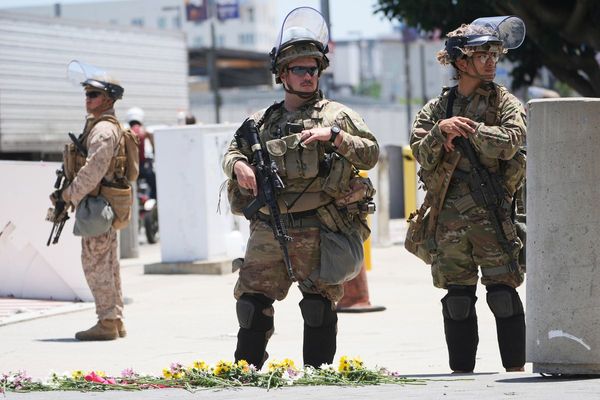
You may have heard about enabling multi-factor authentication (MFA) to improve account security. VALORANT’s version is designed to keep intruders away from accessing your account, and also part of what appears to be a promising stance by Riot against smurfs.
Multi-factor authentication has existed in VALORANT for years now. At its basic, you can choose to receive a code in your email address if you’re logging in from an unknown device. If you want additional layers, you can use MFA with Riot Mobile or an Authenticator app.
With upcoming updates, however, Riot will use this system in a creative way to combat the ever-increasing smurfing issues in the tac shooter. Here’s everything you need to know about the plan.
How MFA works against smurfs in VALORANT
Starting Patch 11.09, Riot will make MFA mandatory for a subset of VALORANT players. This includes accounts that are flagged by Riot as “shared accounts.” So, if you share your account with another player(s) and the system detects such activity, your account will likely be slapped with this requirement.
With smurfing becoming one of the most, if not the most, notorious issues in VALORANT, the idea is to flag and detain shared accounts, which Riot thinks causes “a sizable amount of this disruption.” Accounts will be flagged based on a detection system that identifies certain factors to determine if different humans are playing on the same account.

Not just shared accounts; your account will also be required to activate MFA if it’s Ascendant or above starting in Patch 11.10. This makes sense too, because limiting the sharing of high Elo VALORANT accounts massively discourages buying and selling of those accounts, so the chances of you running into “rank boosted” players who don’t seem to be playing at your level should reduce.
Be that as it may, this system still won’t flag a player if they own multiple VALORANT accounts, but doesn’t share them with other people. Which is why, Riot says, “This won’t solve the problem entirely, but we do expect this to make a meaningful dent to the number of accounts used to smurf.” Plus, targeting and dealing with shared accounts first would let Riot focus on the rest of the smurfing base later, thus potentially killing this behavior altogether with time.
Besides working against smurfs, MFA also offers an extra layer of protection against intruders who try to steal your credentials. So, it’s always a good idea to enable MFA for your VALORANT account even if you don’t share your account.
How to enable MFA for VALORANT accounts
Whether your account is flagged for having multiple users or you’re looking to enable MFA for extra protection, here’s how to do it for your VALORANT account:
- In a web browser, open the official Riot account login page. Log in using your credentials.
- Under Account Management on the left, click on Multi-Factor Authentication.
- If you don’t have MFA enabled, you need to enroll first. To do so, click on Enable beside your email address. Now, enter the code sent to your email to enable basic MFA.
- After this, the options to activate MFA through Riot Mobile or Authenticator app should also become available. If your account wasn’t flagged for sharing, you don’t need to do anything else. Else, you need to enable the Riot Mobile MFA option.
- To enable MFA through the Riot Mobile app, click on Activate beside the option. Scan the QR code and follow the instructions to link the app with your account.

There’s also an option to use an Authenticator app for MFA, but if you own a flagged account or are ranked Ascendant or above, you need to activate Riot Mobile app MFA mandatorily to be able to play VALORANT again.







